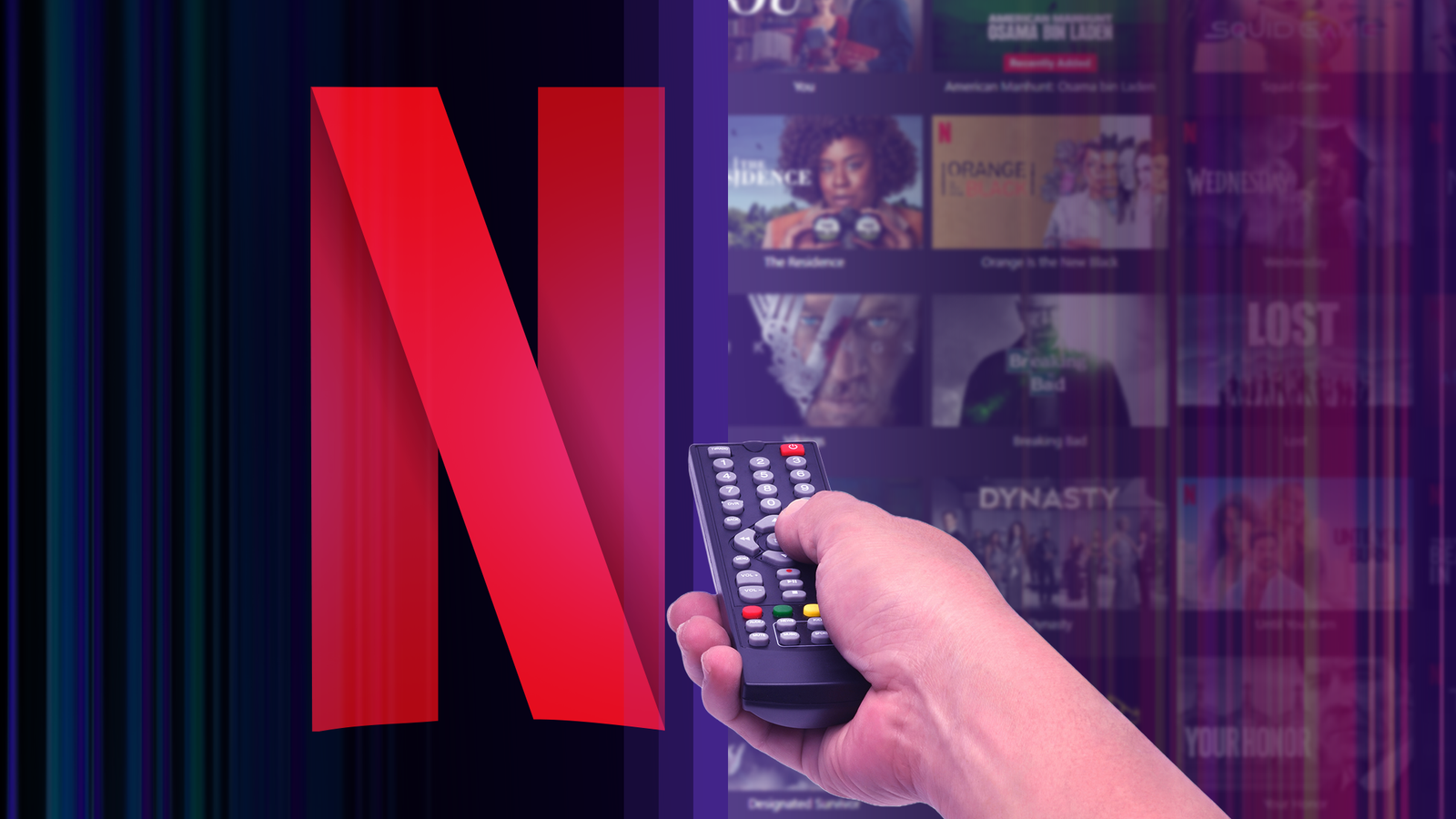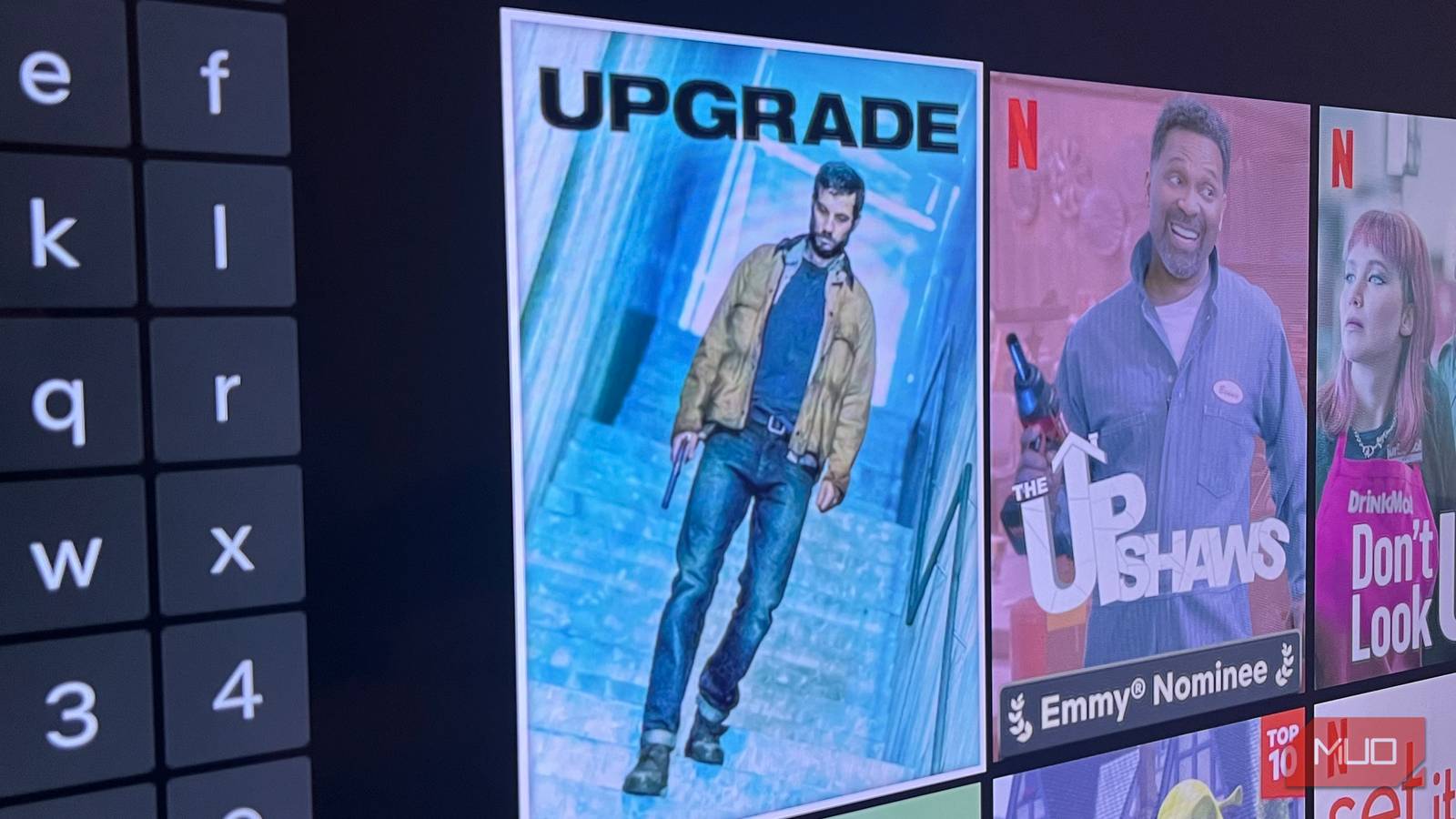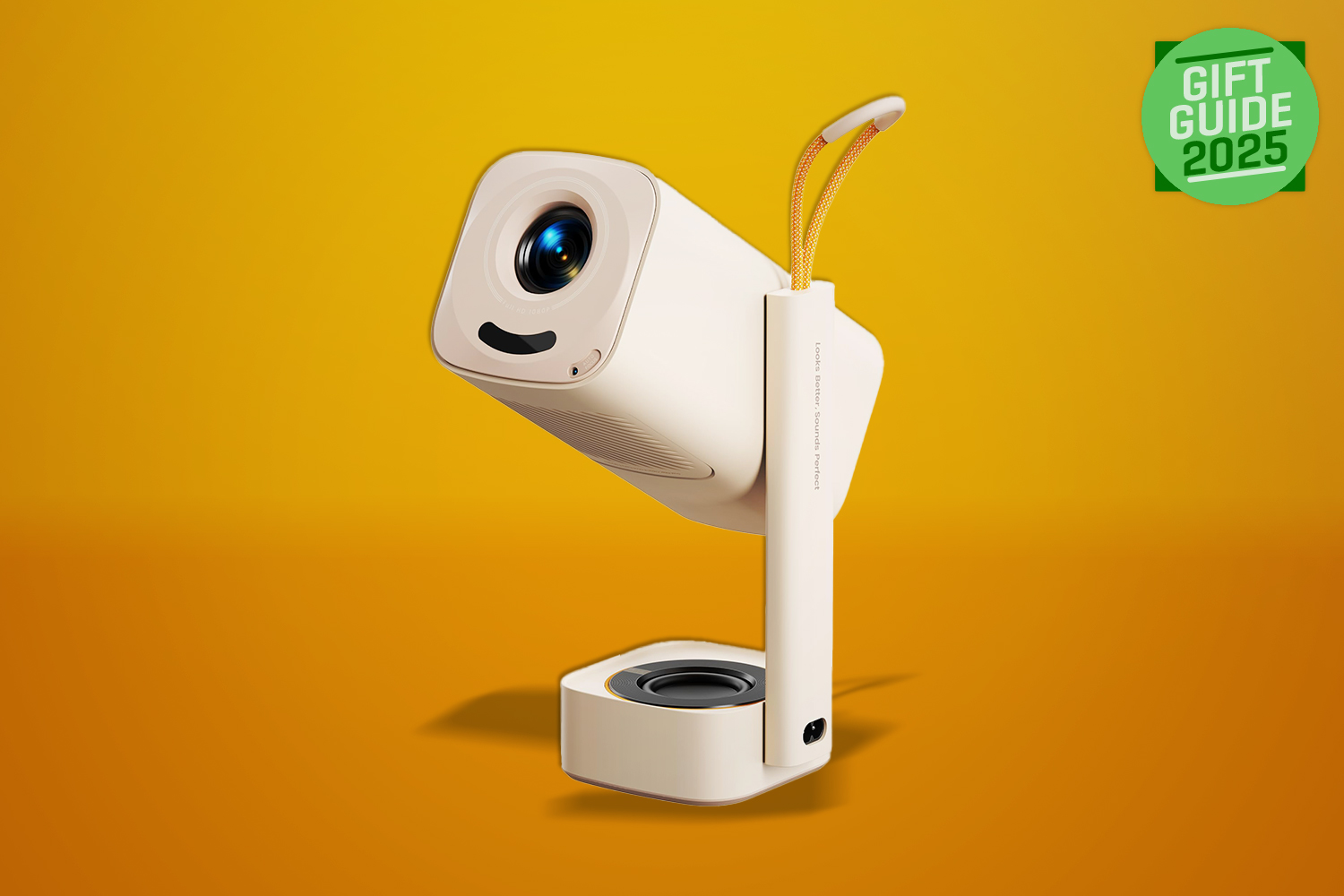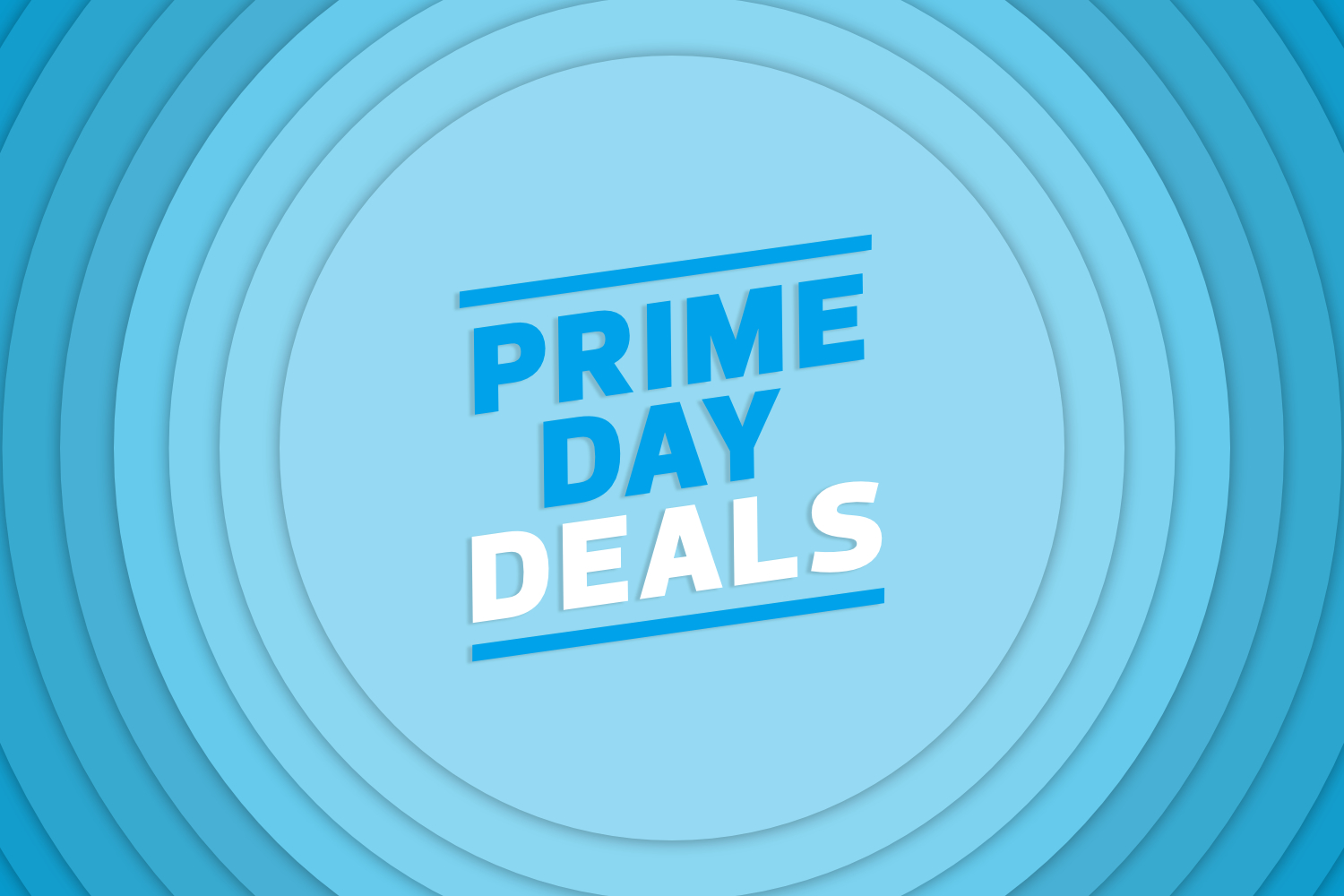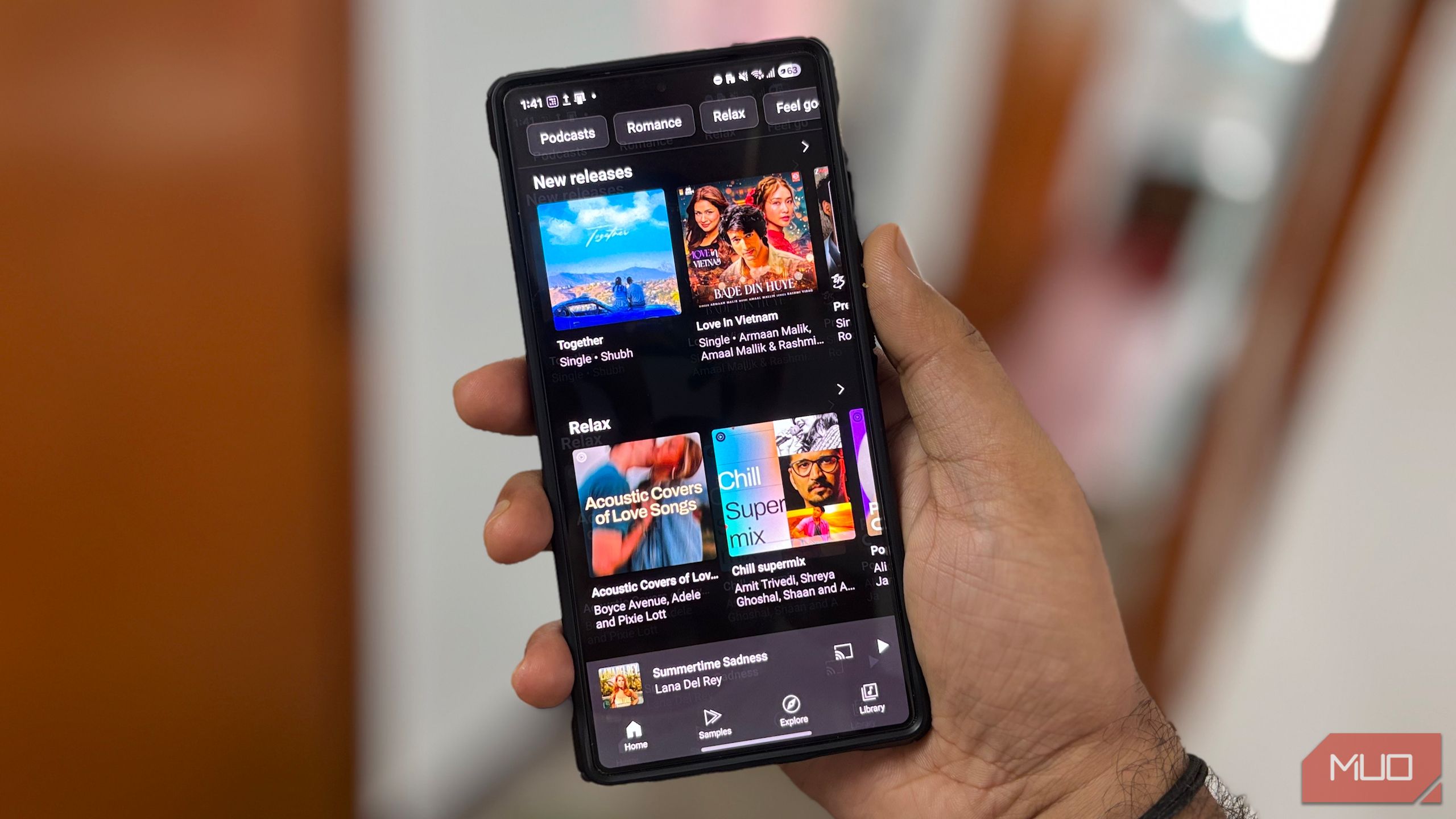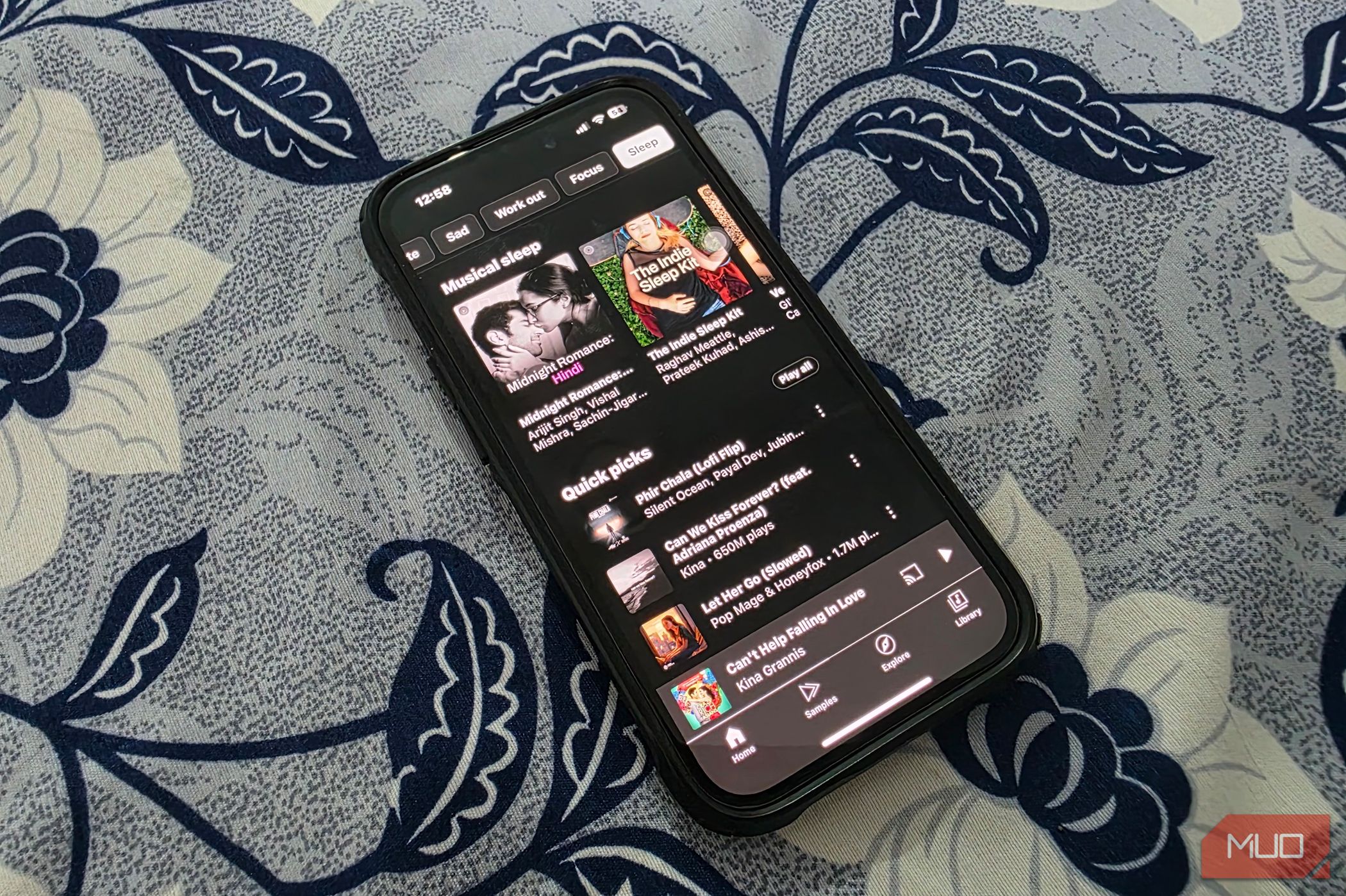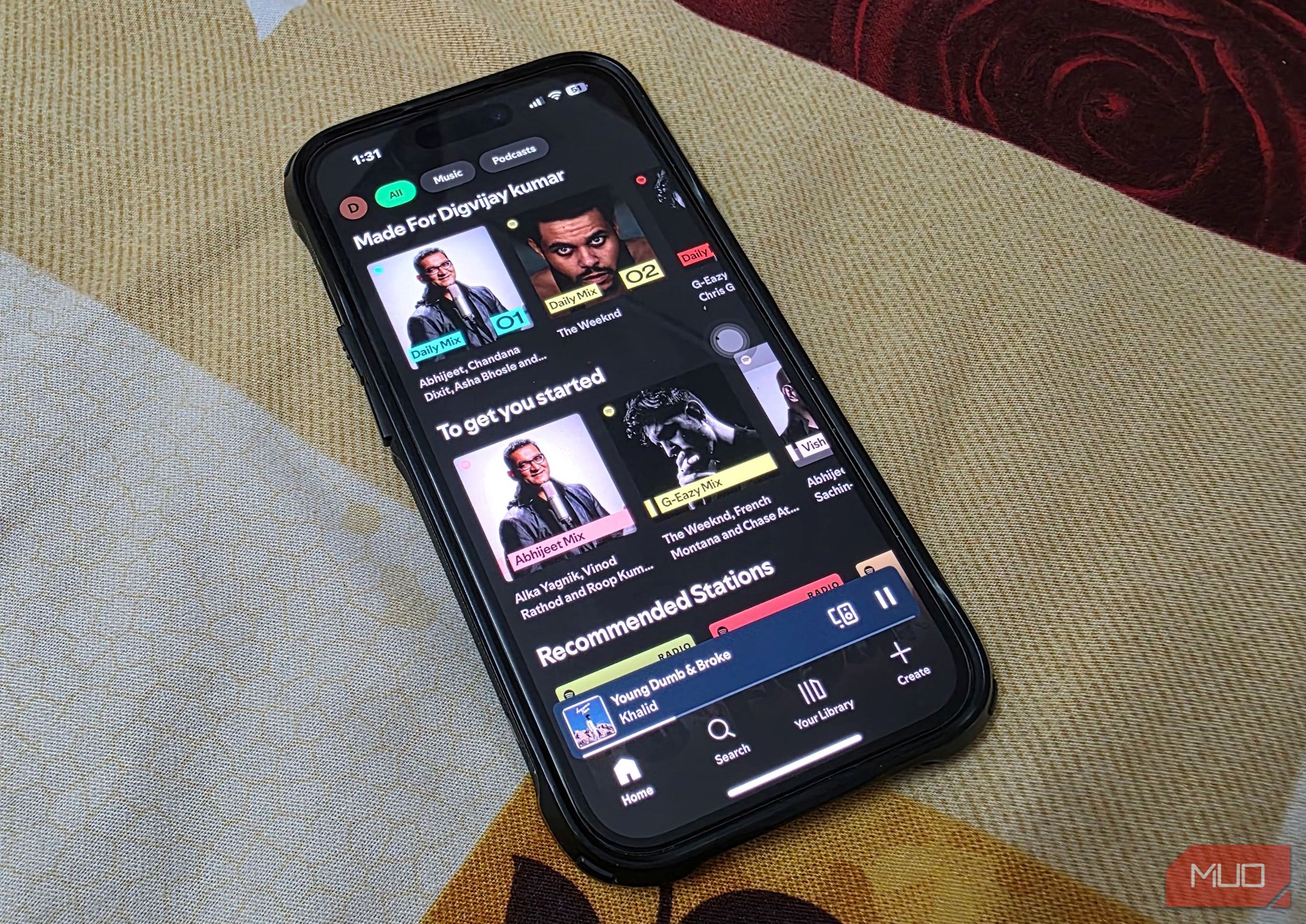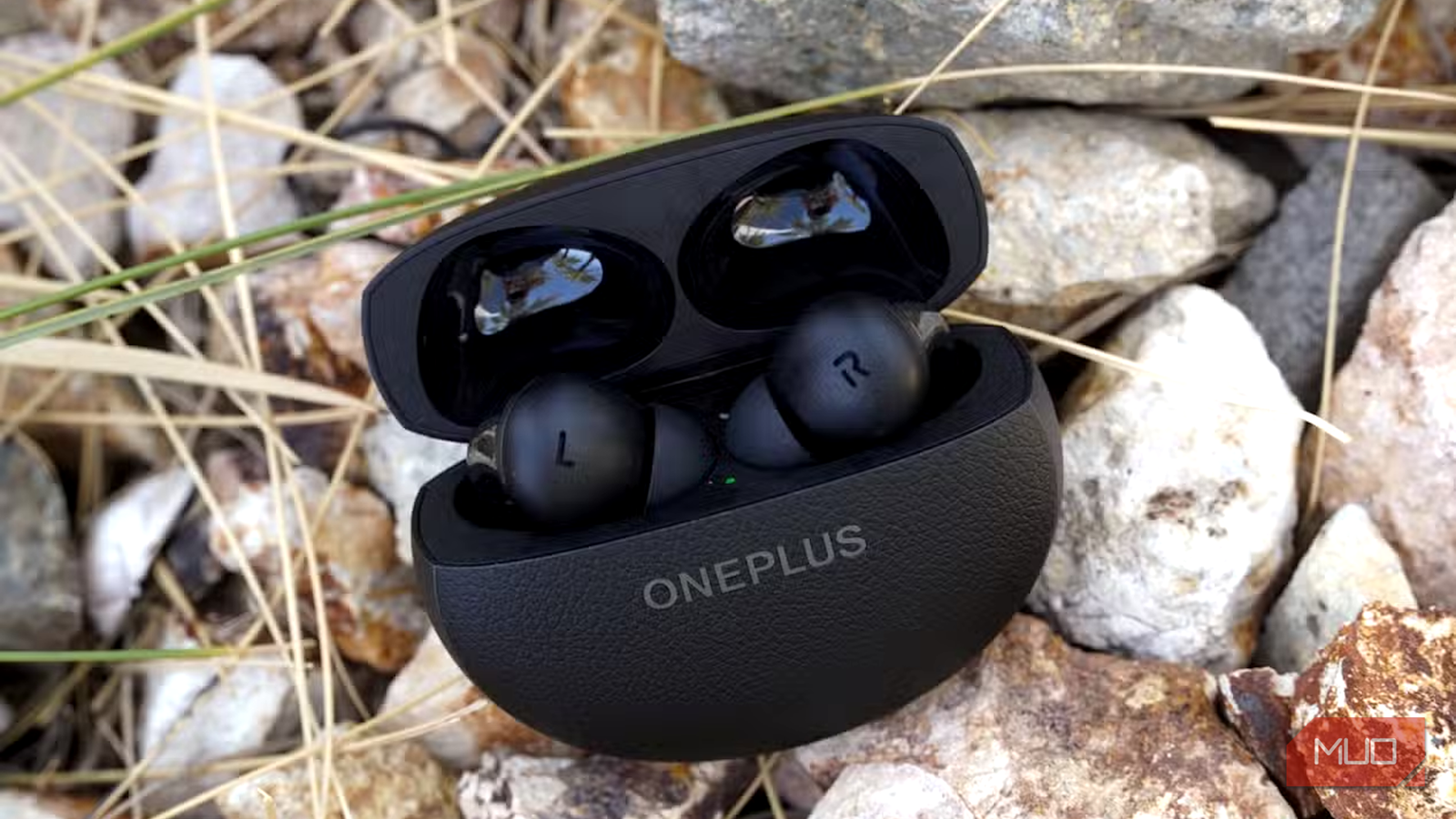As a long-time Spotify user, I hesitated to switch to YouTube Music. But once I explored its features, I enjoyed music in ways I hadn’t thought possible before.
4
Enhanced Lyrics Sharing
The first improvement I noticed was how easy it is to share lyrics on YouTube Music. I’ve always liked posting lines that resonate with me, and this feature made the process feel more natural. As a song plays, you can tap the Lyrics tab, highlight your favorite part (up to five lines), and instantly turn it into a stylized image.
You’re then able to change the background color, preview how it looks, and share it directly on social media or in messages. If you’d rather keep it personal, you can save it to your device. What used to be a quiet moment between me and the music now feels like something I can share without overstating it.
Spotify also lets you share lyrics, but only in plain text. There’s no styling, no image to save, and nothing to customize. It’s fine for just quoting the words, but it doesn’t feel as expressive.
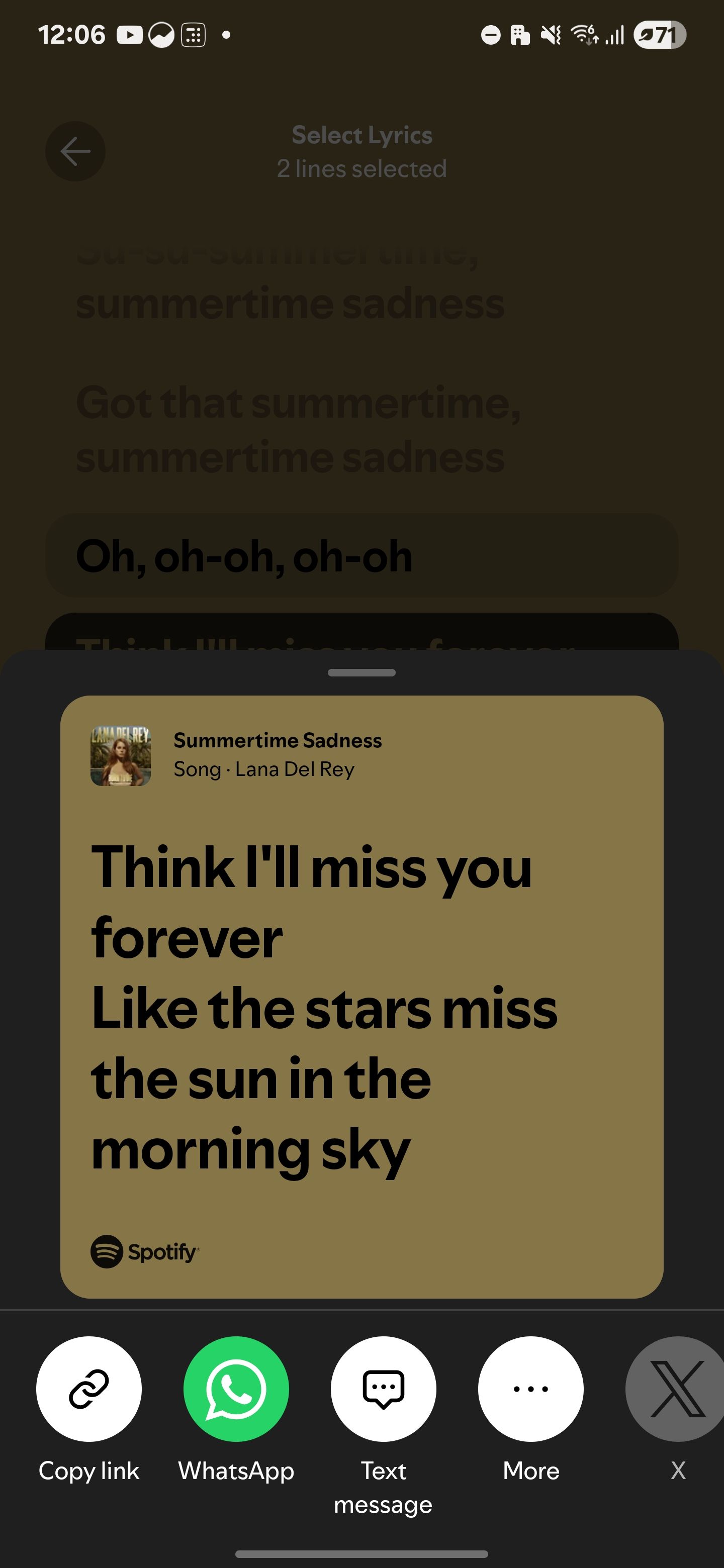
3
Mood Filters That Actually Match My Vibe
Sometimes I don’t know what I want to hear; I just know how I feel. Whether I’m trying to stay focused, lift my mood, or match the energy of the day, YouTube Music nails each scenario with the right tunes. Right on the Home screen, there’s a row of mood filters (or activity bars) labeled for vibes like Sad, Relax, Workout, Party, and more.
Tapping one instantly morphs the entire homepage into a tailored mix of songs and playlists that fit the feeling. I didn’t expect to use these filters much, but they’re now one of my go-to features. On days when I had no plans, tapping Feel good brought upbeat tracks that felt refreshing. Choosing Focus lined up soft instrumentals and low-key beats that helped me stay in the zone.
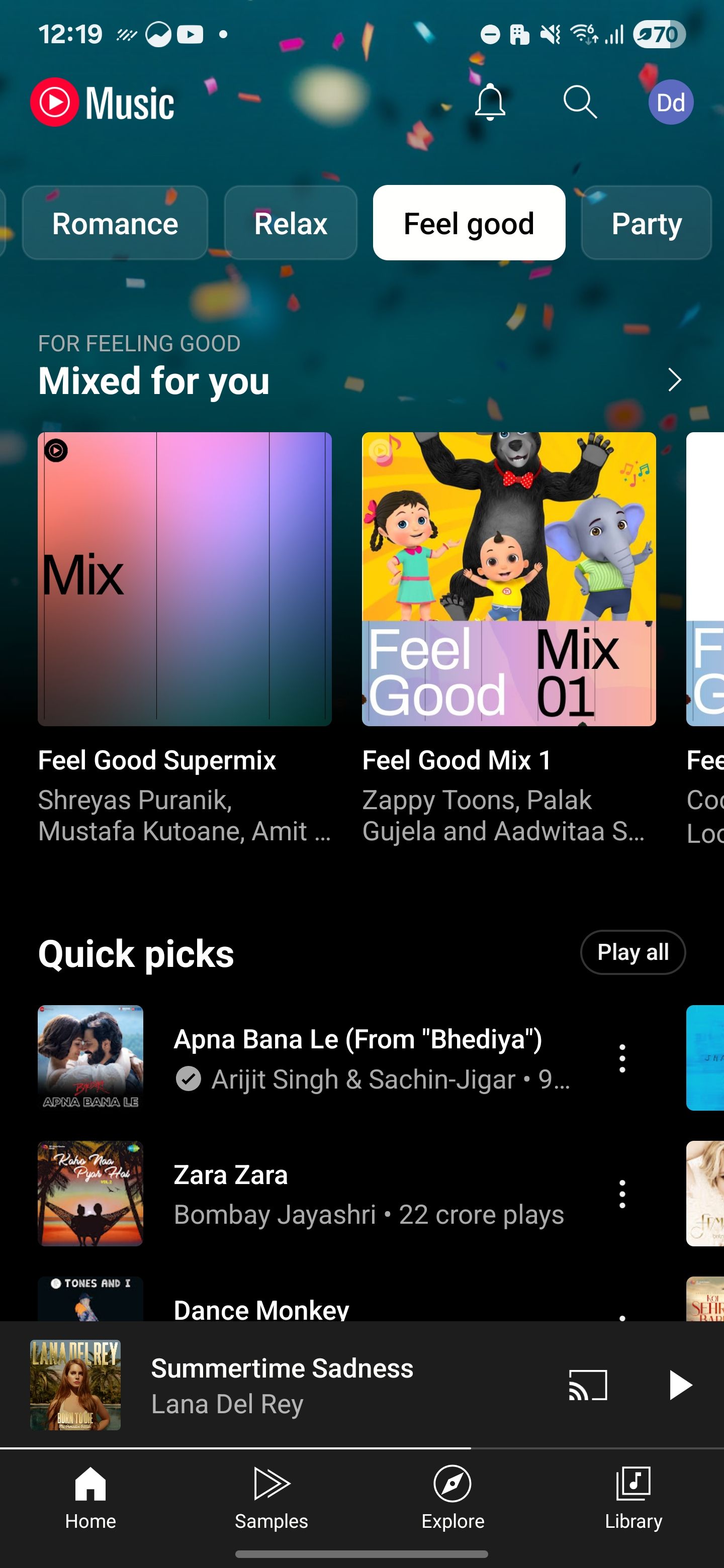
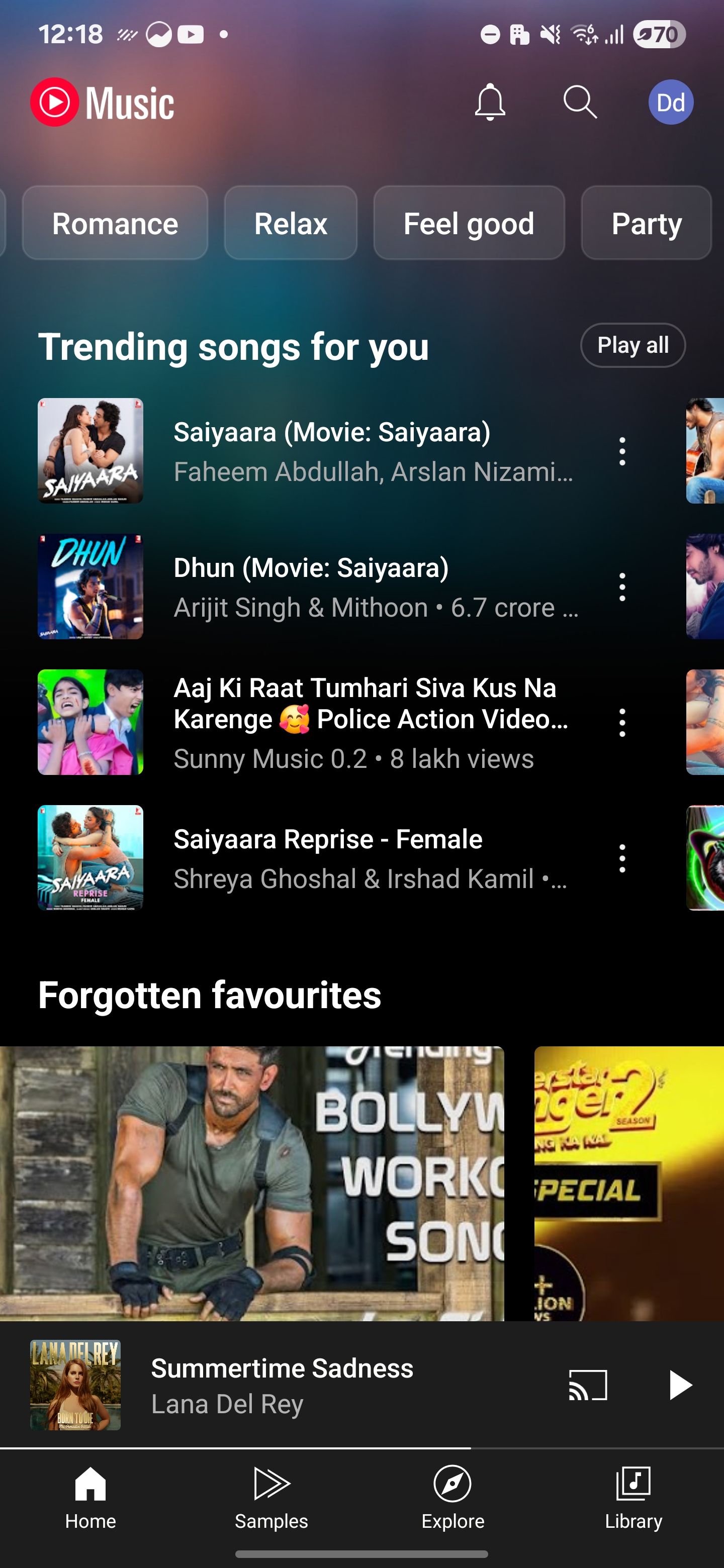
The recommendations aren’t generic either; they usually land right where I need them. That kind of instant mood tuning isn’t something Spotify makes as simple. Mood playlists are there, but they’re hidden behind menus or buried in search results.
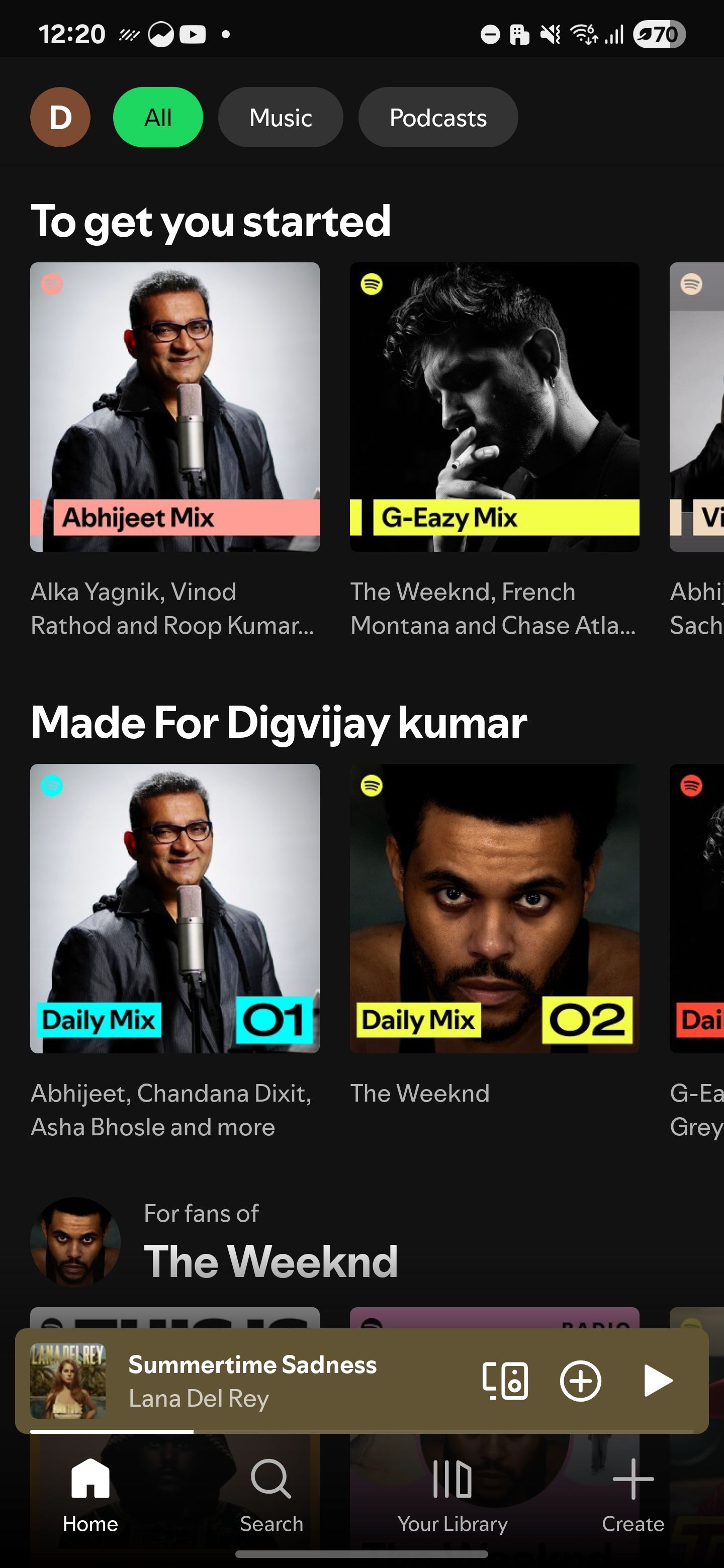
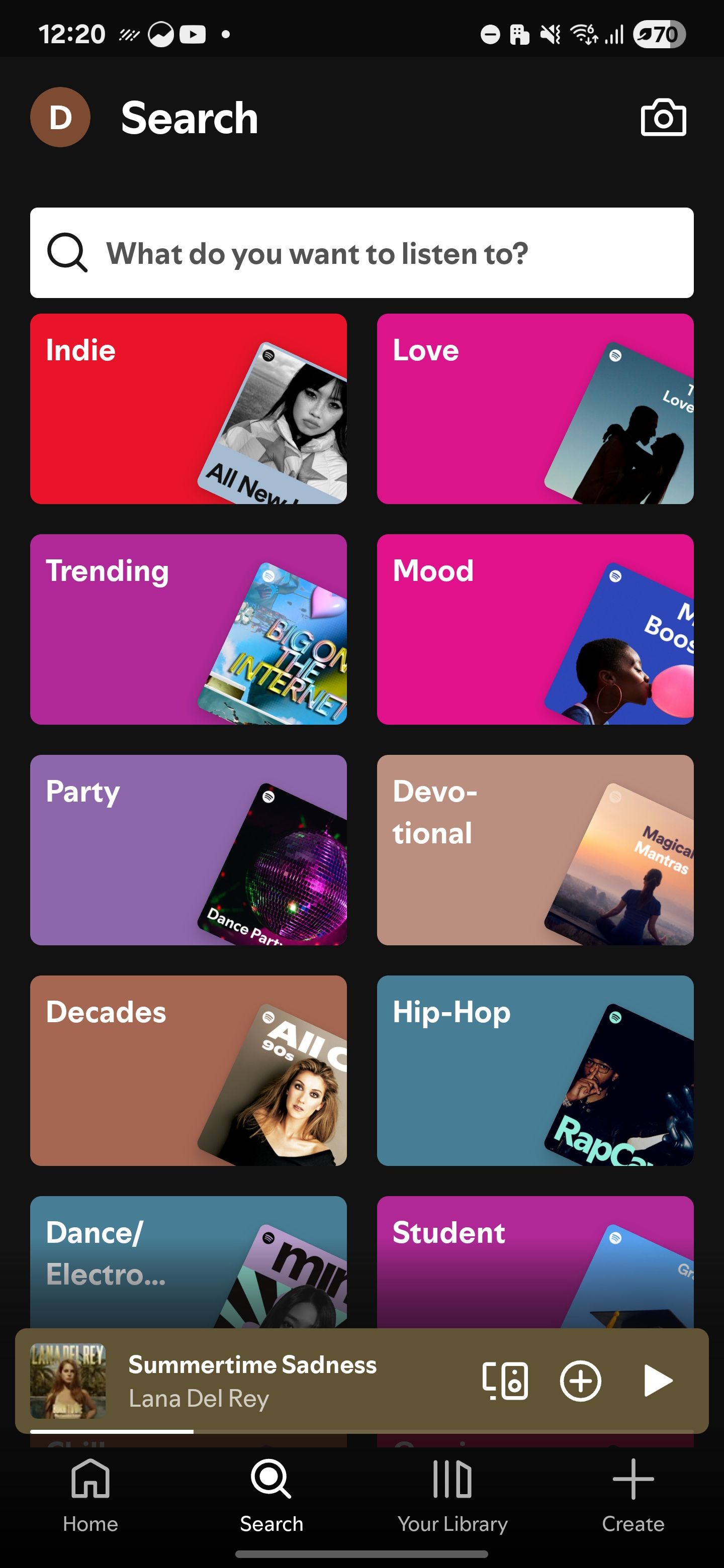
YouTube Music puts them right in front of me, so I can find something that fits in seconds. And the more I use this function, the more it aligns with my daily rhythm.
2
More Than a Music App, Thanks to YouTube
Unlike Spotify, which lives in a polished bubble of official releases, YouTube Music taps into something much broader. Because it’s built on the YouTube platform, the library of content is enormous. Google describes it as a “nearly endless catalog” of music, and that’s exactly how it feels once you start exploring.
Within the app, I can switch between official studio tracks, live concert performances, slowed-down remixes, acoustic covers, and rare recordings you won’t find on traditional streaming platforms. Some days, I stick with the originals, but other times, I end up lost in a stream of nostalgic performances or creative reinterpretations that only YouTube can offer.
What makes this range even better is how naturally it’s presented. Since YouTube Music is tied to my broader YouTube activity—like the artists I watch or the channels I subscribe to—the suggestions feel more in tune than what I usually get from other streaming platforms and their recommendations.
That level of personalization and depth is hard to find on Spotify, where unofficial content often disappears or gets replaced by the standard release. YouTube Music not only broadens what I can listen to, but it also adapts to how I like to find and revisit music.
This is what makes YouTube Music more than a basic player. It blends the mainstream with the obscure; the polished with the personal. If Spotify is like tuning into a curated station, YouTube Music feels more like stepping into the whole backstage experience.
Listening to Spotify has always felt like a solo experience. Sure, you can share playlists or see what your friends are playing, but the interaction ends there.
With YouTube Music, the experience feels more connected. Because it’s tied into YouTube, there’s a real sense of community around music. I can scroll through comments, see reactions to new releases, and even catch artists interacting with fans during premieres. That shared energy changes how I listen; it adds the presence that most streaming apps miss.
Sometimes it’s a funny comment that adds to the moment; other times, it’s a personal story from a fan that gives the song new meaning. Even when I’m not commenting, reading quietly feels like being part of something. It’s a subtle kind of connection, but it makes the music feel bigger than just what’s playing in my headphones.
Leaving Spotify wasn’t easy. It had been my go-to for years, and I still miss the ease of using Spotify to listen to my favorite podcasts, along with its slightly better audio quality. But once I gave YouTube Music a fair shot, it brought more than I expected. Its connection to YouTube opened up entirely new ways to discover music, and the features felt more in sync with how I listen.
It wasn’t about chasing perfection; it was about finding something that matched my habits and preferences more naturally. And in that sense, YouTube Music turned out to be the right fit—sometimes, that’s enough to make the switch worthwhile.
